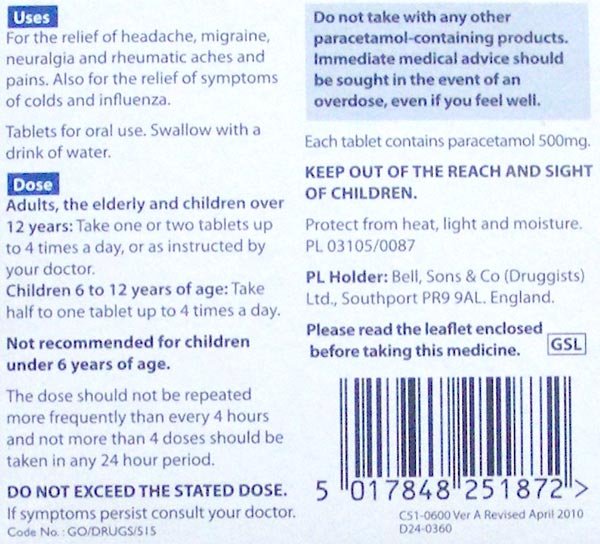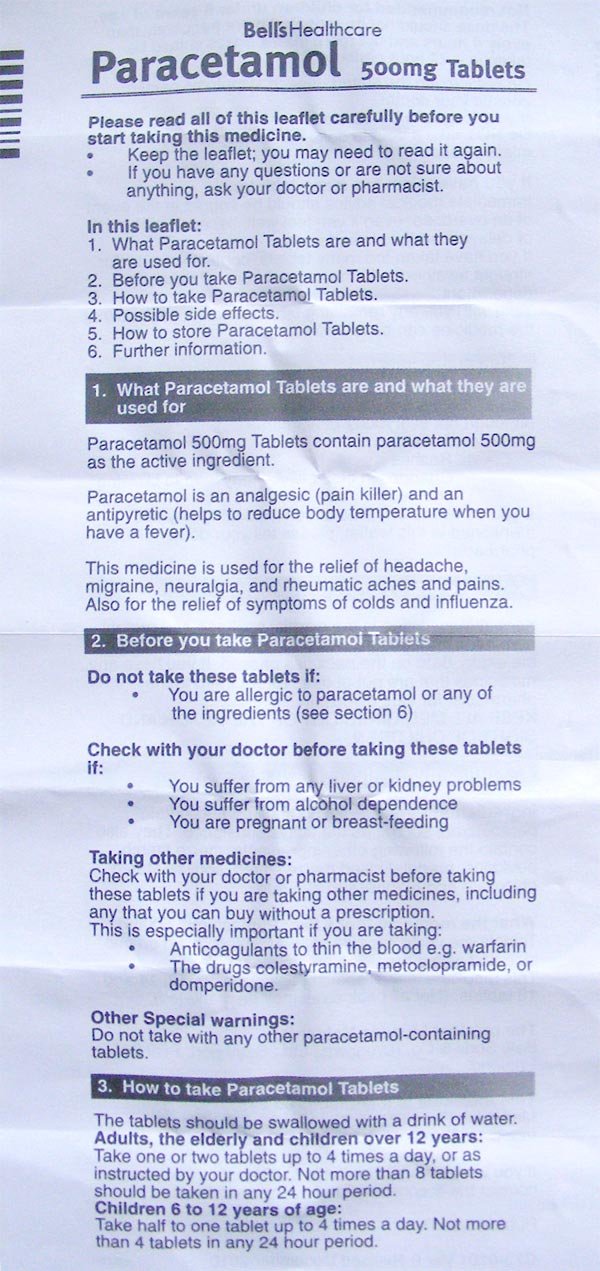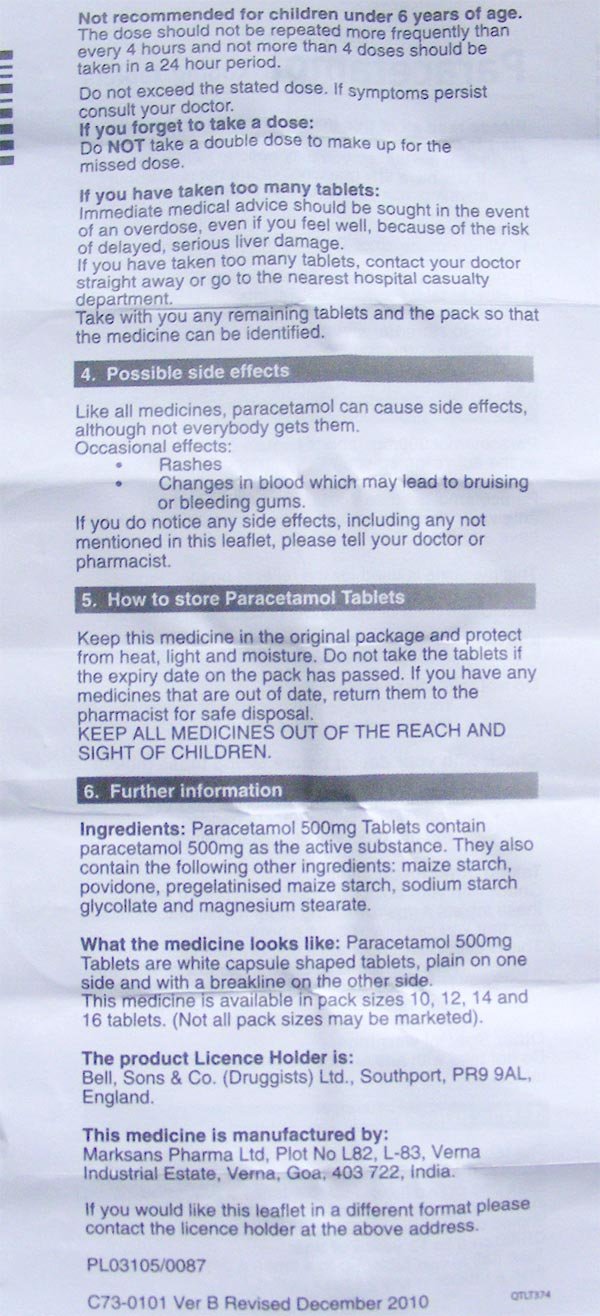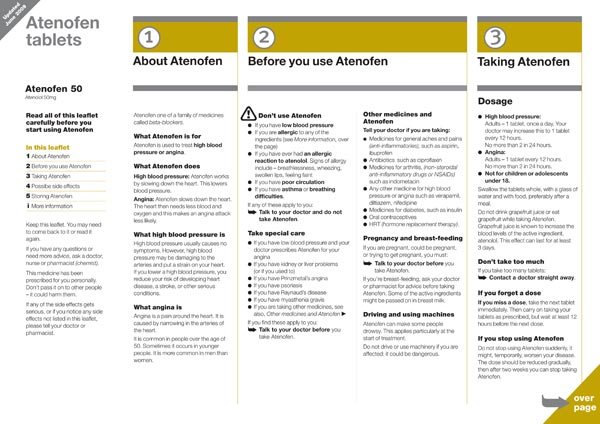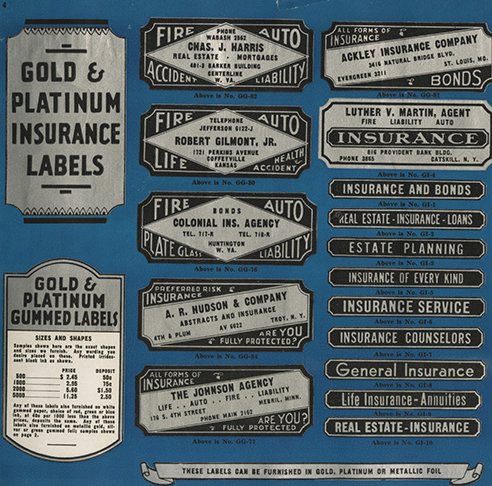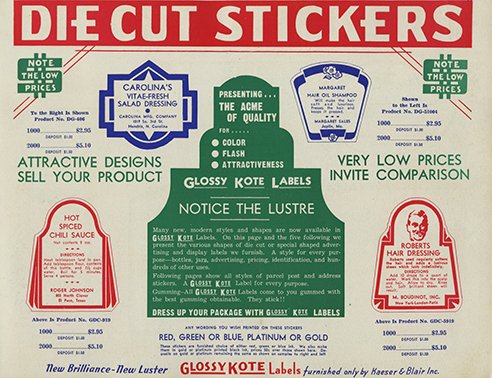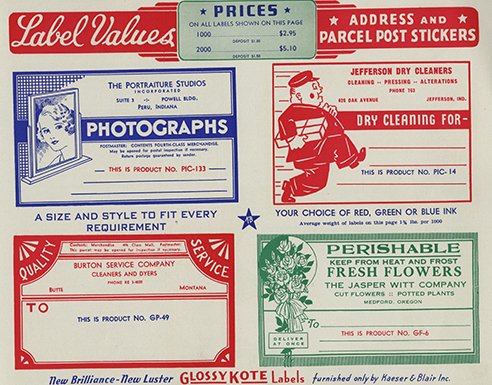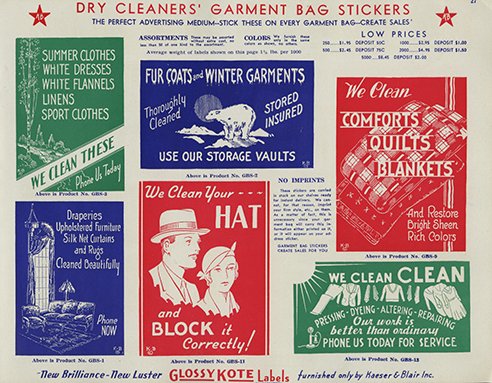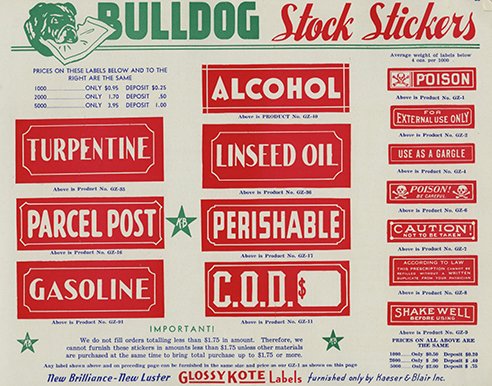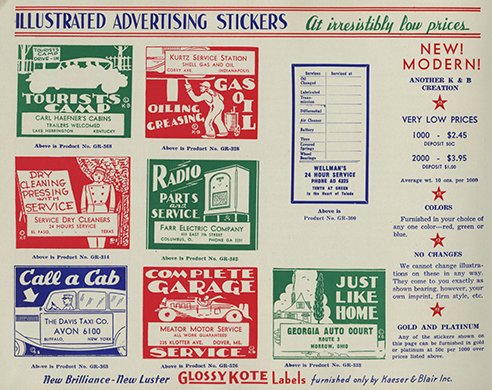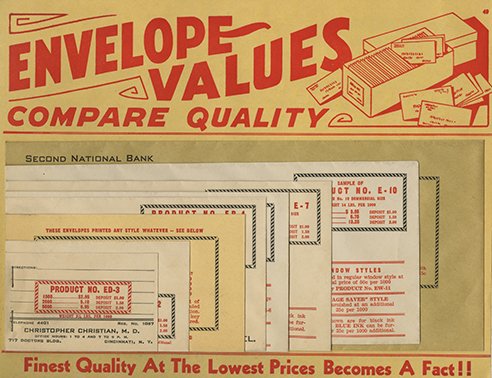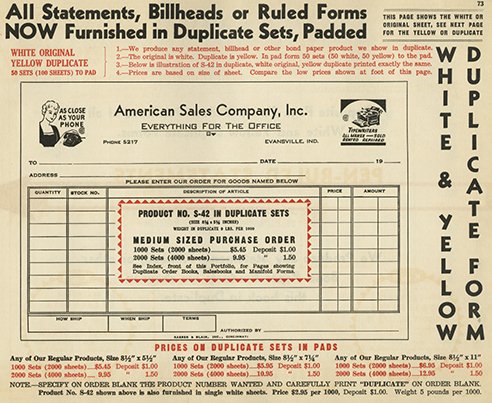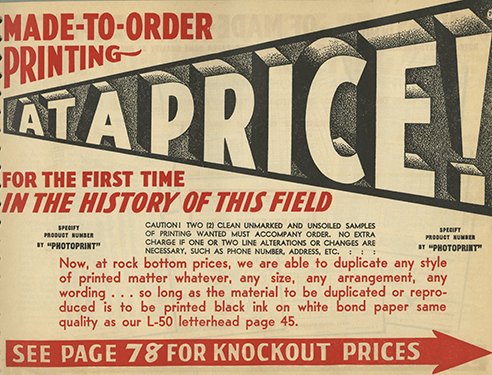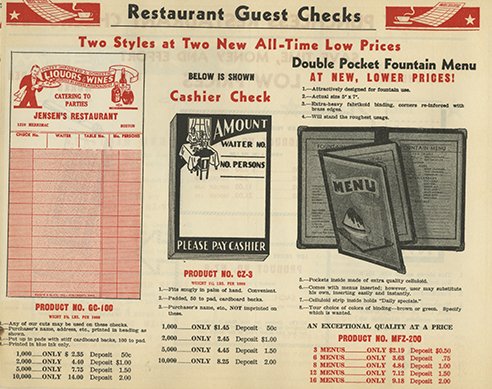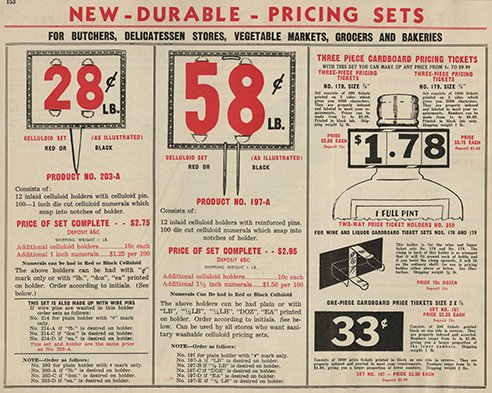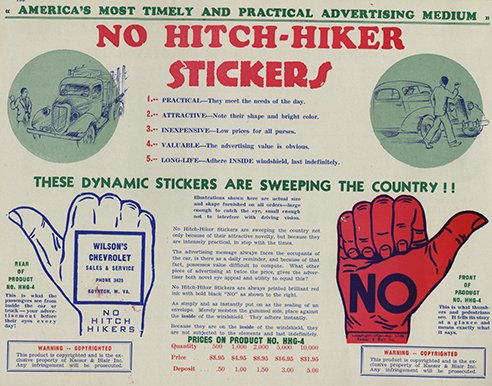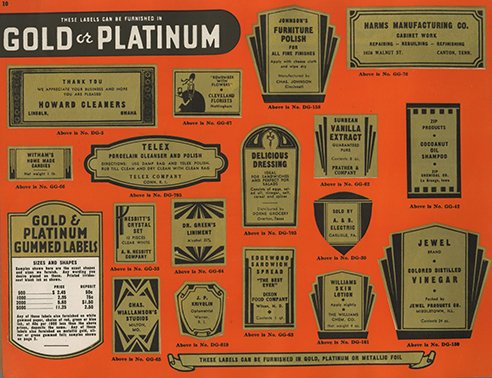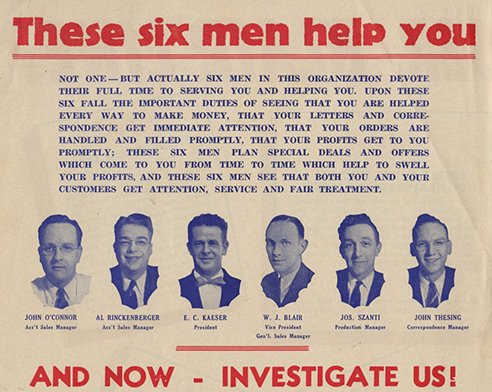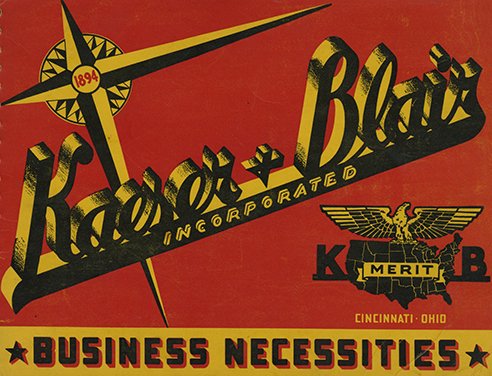The old “Embrace, Extend, Extinguish” philosophy hasn’t really helped in the browser war. IE continues to lose browser market share to Chrome and will continue to lose ground if Microsoft cannot keep up with the beautiful innovations present in Chrome, Firefox, and even Safari. In November 2013, Google announced that it would stop supporting IE9, which usually signals that the rest of the UX community will soon follow suit. This is great for the future because your UX can only be as strong as your weakest link. Catering to ancient IE versions always ensures Microsoft’s browser costs you the ability to innovate.
4. Skeuomorphism
A hot topic with design nerds, the skeuomorphism vs. flat design debate raged all of last year and will likely continue into 2014. Arguably, Apple has been the biggest proponent of skeuomorphism through their iOS design choices and their historical majority of users over other mobile systems (prior to 2013). In contrast, Google has championed flat design for years. As Android market share increased dramatically—and with Microsoft jumping aboard the flat train with their new Surface and mobile OS—Apple had to make a choice: Either continue leading a design trend that feels less fresh (and debatably creates a less-friendly UI), or embrace this new trend. With iOS7, Apple went flat, extinguishing the final major skeuomorphism flame.
5. Flash
Although the previous point tabs Apple as a latecomer to the flat design game, they won the Flash battle. When Apple launched the iPhone and iPad with the conscious decision not to support Flash and those platforms took major percentages of web traffic, advertisers, site administrators, and developers embraced this new “HTML5” fad. Now, in 2013 we’ve seen a serious decline in Flash advertising, let alone sites built on that tool. Many of the Flash programmers I know have since embraced Adobe Edge, which is supposedly a grasp at regaining some relevance within the web developer scene, but it seems like too little too late when there are tons of (arguably better) open-source tools available for everything. Originally released in 2011, with major updates in late 2012, Adobe is really pushing Edge, and although Flash is still available and supported, it doesn’t get nearly the developer love it used to. You’d be hard-pressed to find any major sites using Flash components anymore.
6. Web Pages
Web pages are still around, but they’re undergoing some serious innovation lately. Not to harp on a previous point, but the quicker we move away from old IEs that harsh our collective mellow, the sooner we can abandon individual web pages altogether. This trend is a combination of design and technical innovations that appeared a couple of years ago and are now gaining traction. We’ve seen a major shift towards the “application” of websites, which has most likely been employed by platforms that neither need nor want to make native apps to cater to the tablet and mobile users. Sites like Quartz, Facebook and Google Apps exemplify this trend and constantly receive accolades for their approach to UX on the web.
Gawker Media was an early adopter of this approach, with a major shift to a much-maligned and short-lived hashbang-driven experience in 2011. Their site leveraged the pageless design with a new-at-the-time HTML5 standard called PushState which updated content asynchronously without refreshing the navigational elements of the page. Pitchfork.com was another early adopter of this technique and helped popularize a few tools such as PJAX and TurboLinks, the latter of which has become a core feature in Rails 4. We’ve seen more and more sites move this way, and as the barrier to implementation lowers, we will see a greater number of sites take this approach because it makes them leaner, faster, and cheaper to run.
7. Shared Hosting
While I would say “colours” (short for colocation centres) are on their way out, they’ll never completely die since major companies require physical servers (even if we’ll only have Google and Amazon data centres in the future). Regardless, the concept of “shared hosting” is something that makes little to no sense given the massive migration to cloud computing and Platform as a Service (PaaS) offerings. Why spend £20 per month with GoDaddy to host something you have no control over when you could spend a fraction of that to serve precisely the amount of bandwidth you need? Why would you also share your server with someone else you can’t see, creating bottlenecks that you can’t fix? Now, almost every hosting company (GoDaddy, MediaTemple, etc.) has a cloud or virtual server options to compete with big dogs like Heroku, Amazon Web Services, and Google App Engine.
8. “m.” Sites
Until the adoption of responsive design, there was only one good way to deliver content to users who visit sites on a tablet or mobile device: read the initial request, check the user device, and redirect to a mobile version of the same site. The mobile site had to exist as a separate code base with an entirely different set of features. Whenever publishers updated one version of the site, they had to do the same on the other version, complicating maintenance and driving development costs. That said, there are reasons why “m.” sites lasted beyond the advent of responsive design. For example, advertiser platforms took a while to adjust to a single page being able to deliver two entirely different inventories. To handle this issue, advertisers had to serve all ads to every page, and then render only mobile or desktop ads depending on the device. This specific problem has long since been solved by most ad platforms, and now that “responsive design” is basically a household term, the cost benefits of supporting a single platform rather than two presentation layers are clear.
Questions / Enquires - hello@RadkaAdvertising.com



